John Lennon is an icon. So is a Rolex watch, a Porsche 911, or a Louis Vuitton bag.
But there are icons that may or may not be so for different people. For automobiles, an icon may be viewed as such by people who were profoundly attracted or influenced by a specific car. Different cars may have different effects on people from different generations.
Which is why we pooled together nine PhilStar Wheels writers whose ages range over four decades and three generations—from a 20-something Gen Z to a quartet of millennials, to a quartet of Gen X-ers—to pick which Mitsubishi is an icon in our respective eyes. Here are our picks arranged by age of writer (guess which order).
MANNY N. DE LOS REYES
Mitsubishi Space Wagon
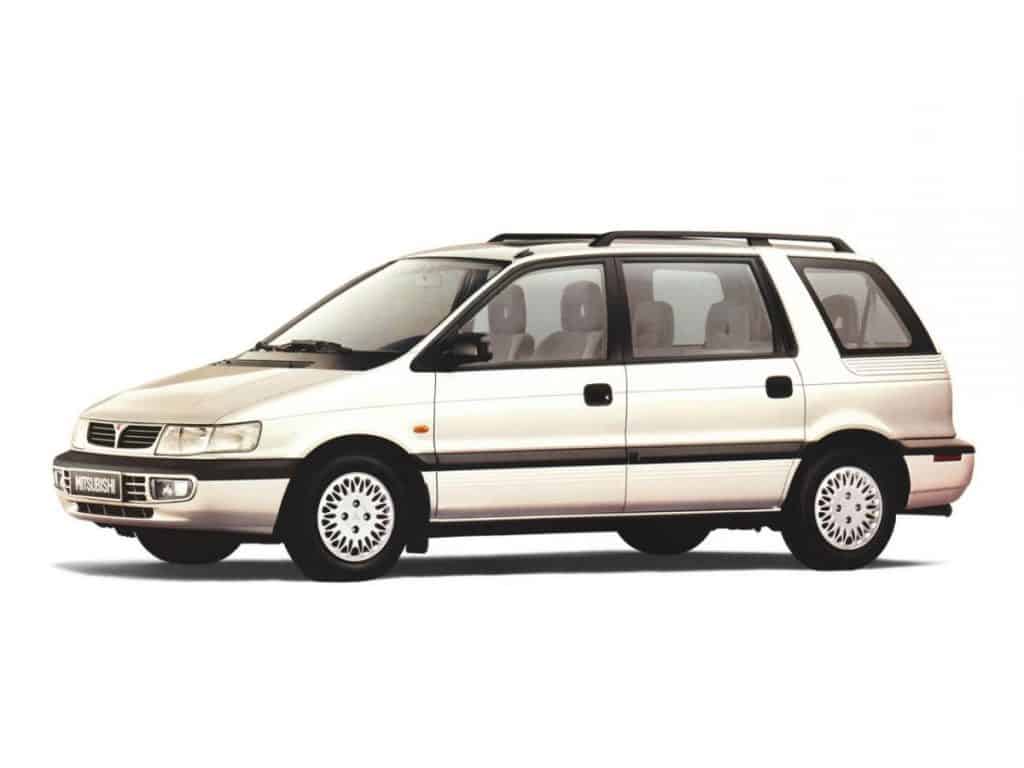
This is the car that predated the current crop of subcompact 7-seater MPVs, like the Suzuki Ertiga, Toyota Avanza, Hyundai Stargazer, and even Mitsubishi’s own Xpander—by a whopping 30 years. It could seat 7 with even better space for the rearmost passengers. The middle and third rows split-fold and the middle row slides forward and back. And it wasn’t saddled by a 1.5-liter engine; it had a strong 1.8-liter engine with the earlier models having—gasp!—a carburetor and the face-lifted model getting EFI and an available automatic transmission. The Space Wagon was simply brilliant and way ahead of its time.
Colt Celeste
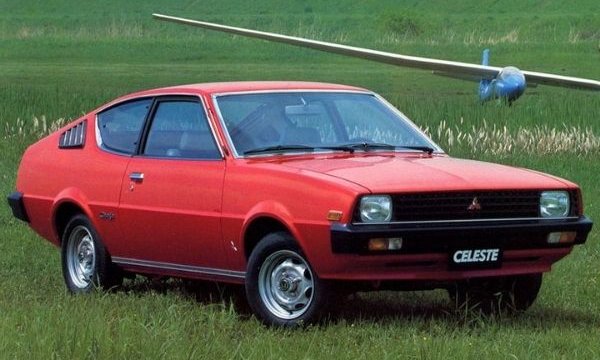
Google “Lamborghini Espada side view” and do the same for “Colt Celeste side view.” You’ll clearly see where Mitsubishi designers got their inspiration from, right down to the louvers on the rear pillars. The Celeste may not have the Lambo’s 12 cylinders, but it had an overhead-cam engine with balance shafts that let it rev smoothly to an impressive-for-its-time 6,000 rpm. Most Japanese cars then had pushrod engines that could barely breathe and became very rough at 5,000 rpm. Gotta love this car.
Mitsubishi Lancer Evo VI
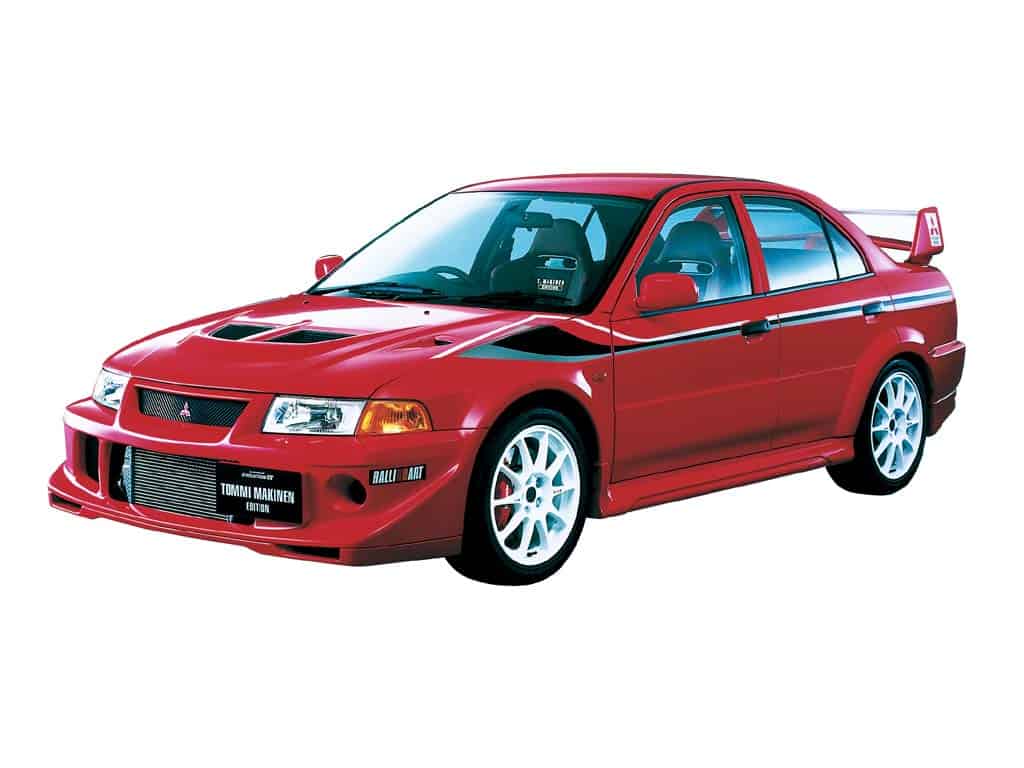
All Lancer Evos are great—no debate there. But for me, the VI (or basically the “pizza pie” Evos) takes the cake. It wasn’t sleek or sexy, but was aggressive and purposeful—more an Apache attack helicopter than F-22 Raptor. With Tommi Makkinen behind the wheel, these Evos ran away with successive WRC titles from 1996 to 1999. The Lancer Evo VII through X were too big and heavy to be as competitive as its lithe predecessor. I was fortunate to have driven a brand-new Evo VI Tommi Makkinen Edition during my early years as a journalist. It wasn’t even a demo unit, so I could only drive it within Mitsubishi’s old plant along Ortigas Avenue Extension in Cainta. But it was a special experience to sit on those Recaro bucket seats with Makkinen’s name stitched on the headrests and feel that almighty push at redline on 1st and 2nd gears. What. A. Car.
VERNON B. SARNE
Colt Celeste
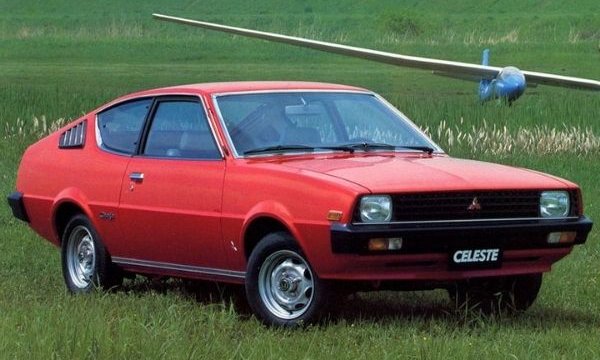
Any Mitsubishi fan old enough to live through the 1970s will tell you that cars manufactured by this Japanese manufacturer then were absolutely gorgeous. A perfect example is this liftback. Rare sightings of this car never fail to turn heads and remind people how colorful our car culture was back then.
Mitsubishi Galant Sigma
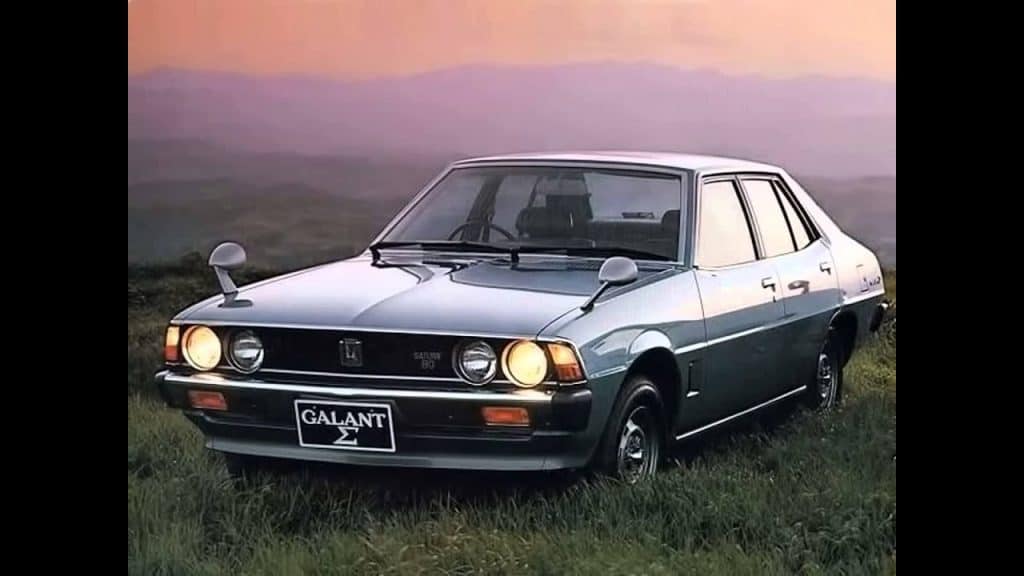
Before this model grew to be a midsize executive car, this sedan was a sporty compact. Together with its Lambda coupe sibling, the Sigma gave car enthusiasts a reason to recall the decade with fondness.
Mitsubishi Lancer “box type”
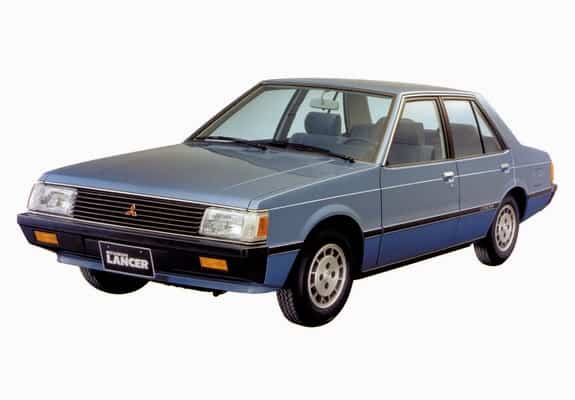
Easily the most popular of all Lancers sold in the Philippines, this subcompact model provided a happy backdrop against some of the darkest days in our country’s history. Find a well-preserved example and you’ll surely remember your first date (or first communion).
KAP MACEDA AGUILA
Mitsubishi Galant
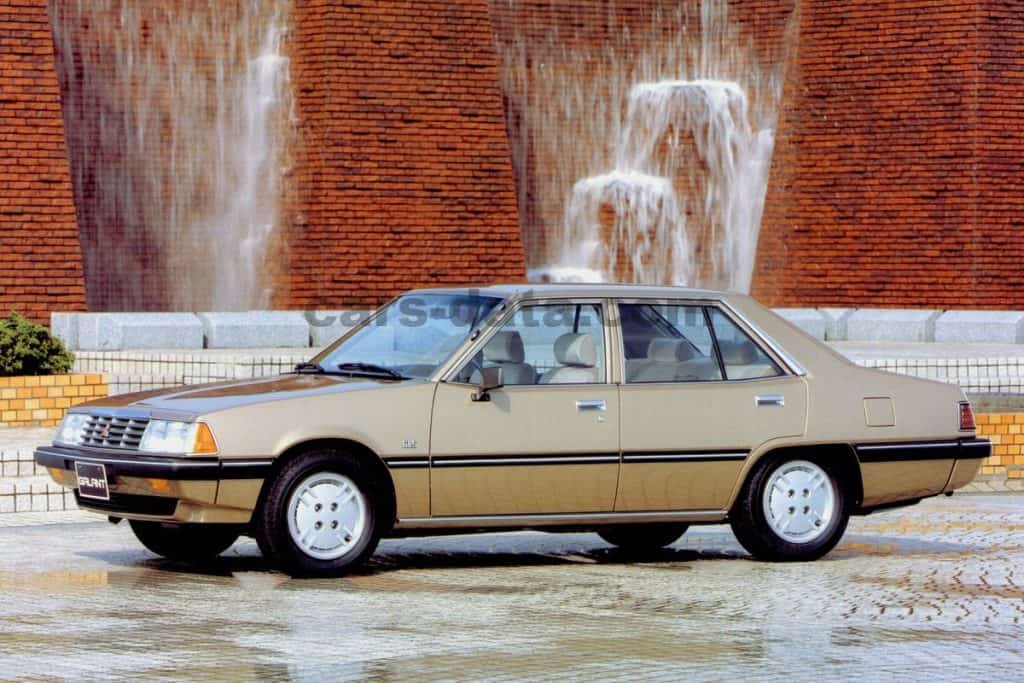
Who hasn’t heard of the Galant? With nine generations produced over 40 years, it was a solid, dependable nameplate that represented a step up from smaller and more affordable compact sedans. In 1976, the “Sigma” moniker was first appended to the Galant name, and I recall it being a popular model here – marked by a large hindquarter that had the propensity of bottoming out when fully loaded. Nonetheless, we loved that angular-looking sedan which a lot of families truly aspired to have.
Mitsubishi Lancer “box type”
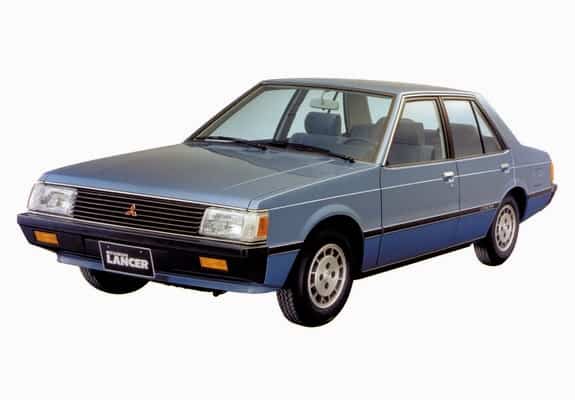
If by some chance you haven’t heard of the Galant, then you absolutely have no reason to not be even remotely familiar with the Lancer “box type.” Unless, of course, you weren’t born yet when it held sway over the metro. The “box” reference is by no means a diss on its design but merely described how this Lancer looked – and how we loved its sharp angles. Its greenhouse was nothing fancy, but it was an effective one that promised lots of visibility. The halo variants were the GSR and GT – motivated by a delicious 1.6-liter mill and rare-at-the-time four-wheel disc brakes.
Mitsubishi Mirage
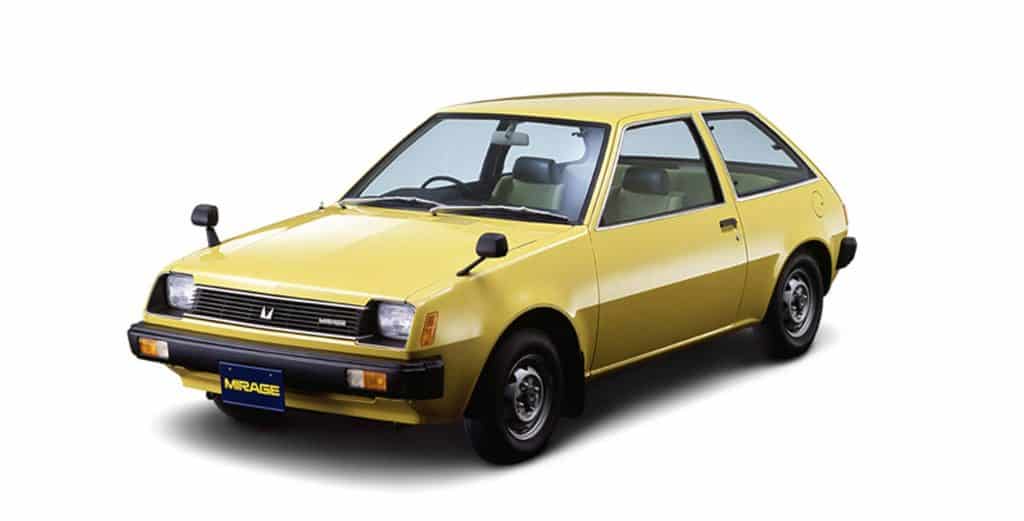
Here’s something everyone can relate to. We’re happy that Mitsubishi kept the Mirage nameplate because its original iteration should rightfully be remembered and commemorated. The Mirage first appeared in 1978. That initial iteration – a front-wheel-driven, three- or five-door hatch – was a response to the global oil crisis of 1973. The power mill fitted under the hood had either 1.2 liters or 1.4 liters. The nameplate was resurrected in 2012, and has since cemented a reputation for affordability and quality.
ANGEL RIVERO
Mitsubishi Lancer “box type”
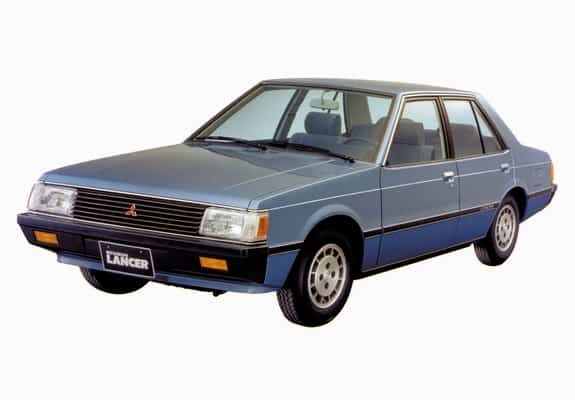
In the same way that I’m willing to bet that if you’re Filipino, you will likely have a ‘Tita Baby’ or ‘Tito Boy” in your life, I’m willing to bet that if you lived through the 80s, you will have owned, or known someone who owned, a Mitsubishi Lancer box-type! It was an absolute hit for its practicality (spaciousness, good suspension, simple maintenance and versatility for all kinds of modifications), that even up to now, it still has a huge following. This car model is truly one of the Philippine immortals!
Mitsubishi Lancer Evo
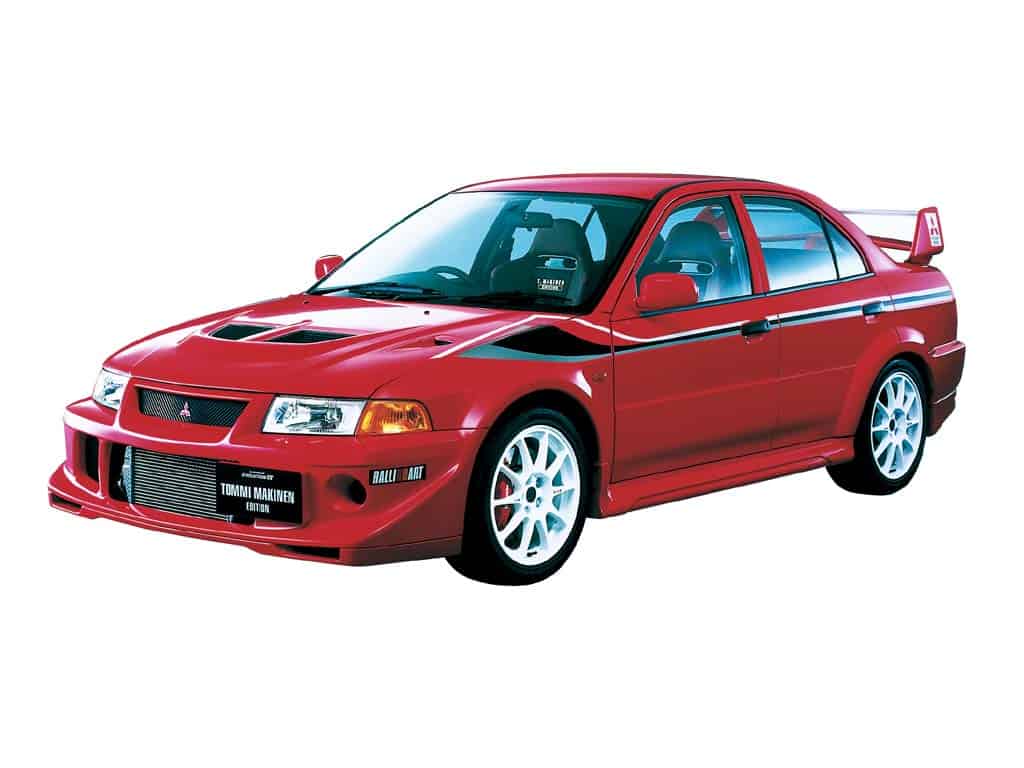
Propelled by the massive popularity of the Lancer, the Mitsubishi Lancer Evolution – which is its sports sedan and rally car version – came into the spotlight, especially in the realm of motoring enthusiasts of the 90s. It was more commonly referred to as the ‘Evo,’ with each generation of it, differentiated by a number. Characterized by a 2-liter intercooled turbo and AWD, this car model was a classic favorite and aspirational car of the cool kids of the 90s who “can afford.”
Mitsubishi Montero Sport
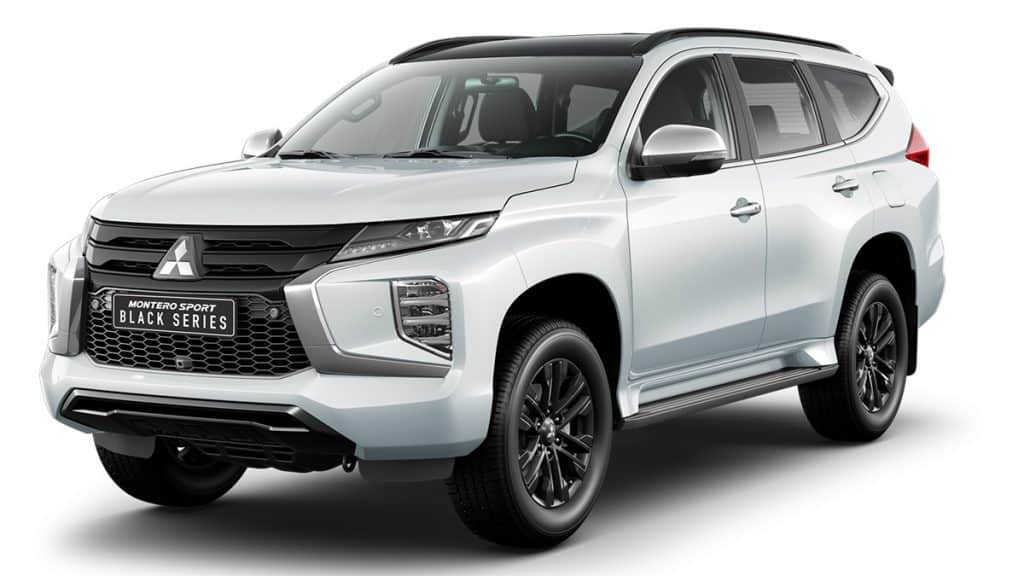
The Montero Sport is one of the bestselling non-entry-level Mitsubishis in the Philippines for many years—need I say more? It’s mind-blowing how many Montero Sports you’ll find ploughing through Philippine roads—and non-roads, for that matter! It is extremely easy to resell, thereby gifting it a high resale value. It seems to have scored the perfect recipe for Filipino family and business needs – a large and practical SUV that’s easy to maintain, will give you muscle against road bullies, will fare well through floods and bad weather, is versatile to park (even on elevated areas), and that can still take you through, even after the paved road ends.
ULYSSES ANG
Mitsubishi Pajero
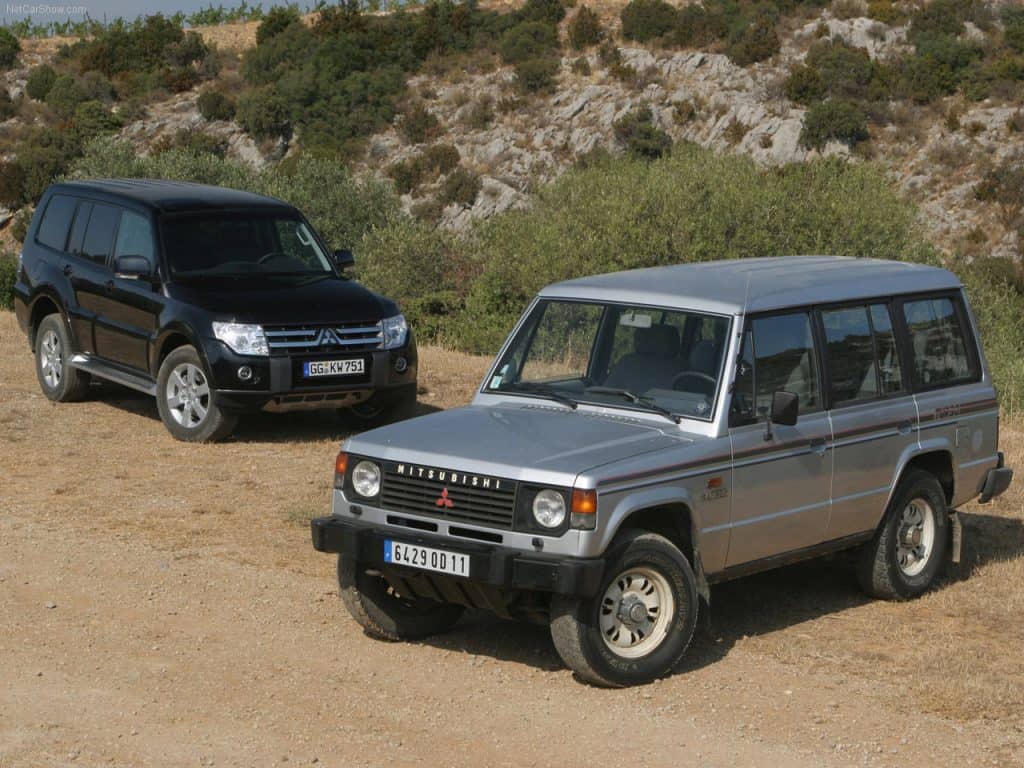
For those who are old enough (aka tito age), they would certainly remember the Pajero. For a generation, it was a luxurious, yet capable SUV comparable and even more sought-after than the Toyota Land Cruiser or Nissan Patrol. It was the epitome of cool—businessmen, celebrities, and politicians all had one or wanted one. The first- and second-generation models were assembled locally, and were powered by the legendary 4D56 engines. It also cemented Mitsubishi’s outstanding rally heritage with various wins at the toughest race in the world: the Dakar Rally. By the third-generation model, Mitsubishi Motors Philippines offered both gas- and diesel versions, while shifting production to Japan.
Mitsubishi Galant
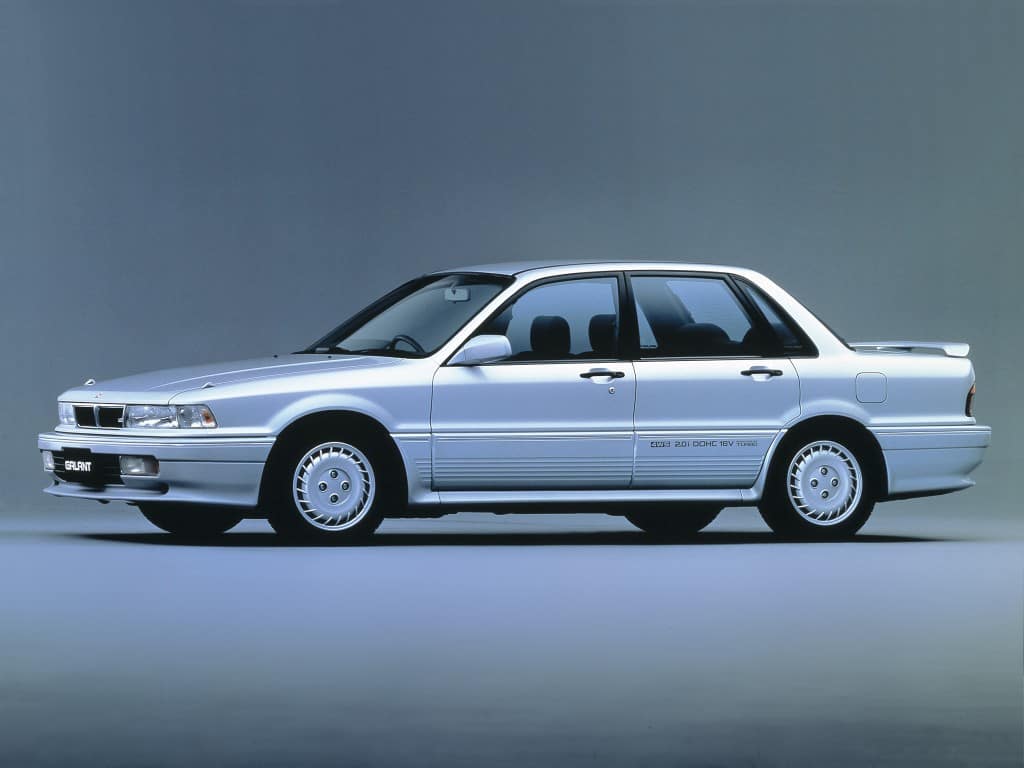
Yet another car that betrays your tito age is the Mitsubishi Galant. What started as a derivative of the Colt nameplate stood on its own by the time the third-generation model (Galant Sigma) came in. As a kid, the angularly styled fourth-gen model is etched in memory, and by the time the sixth-gen model came rolling in became a dream machine. True enough, the “ultimate” version of this era’s Galant—the Galant GTi with its 2.0-liter 4G63 engine—was sought after by many. Its styling upgrades, derived from the hotter JDM Galant VR-4 helped it win the hearts and minds of enthusiasts, including myself. The Galant GTi was my first-ever car. The model that followed, the “Rayban” VR was no less spectacular with its 2.0-liter four-cam V6 (we had this car!—Ed.) and four-wheel independent suspension.
Mitsubishi Lancer Evolution
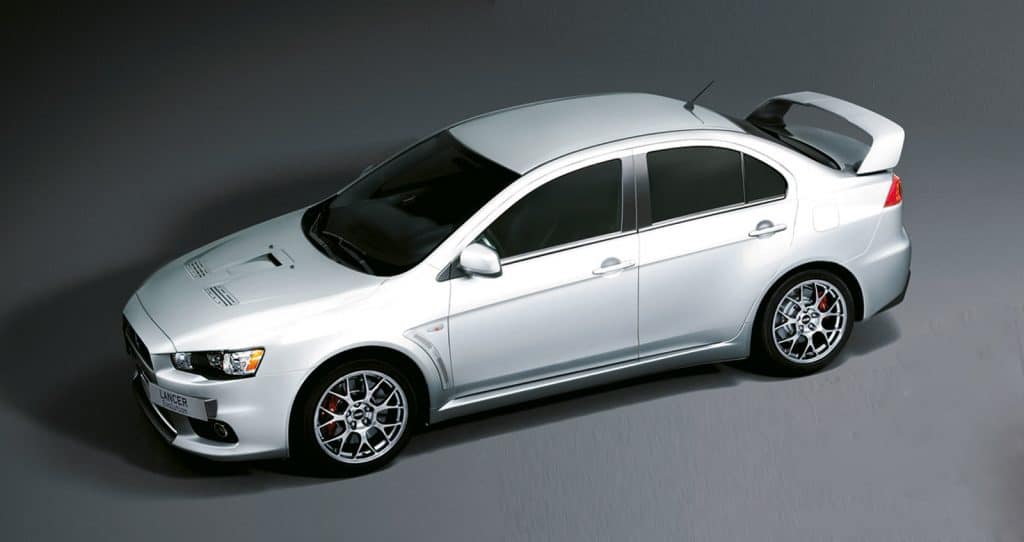
You can’t talk about Mitsubishi and its storied motorsports heritage without talking about the Lancer Evolution. Since the carmaker needed a more nimble, lightweight rally car, they switched platforms from the Galant to the Lancer. The “Evo” may have started its life as a mundane compact sedan (Lancers weren’t really all that great), but plop in a turbocharged 2.0-liter engine and an all-wheel drive system, and you’ve got a venerable sports car killer. The first few models were available as gray market imports, but by the time the Evolution V came about, Mitsubishi Motors Philippines started offering it officially, albeit in very limited numbers. The very last one, the Lancer Evolution X was one that I got to drive personally. Little did I know that it would be the last generation ever made.
GEN TIU
Mitsubishi Galant
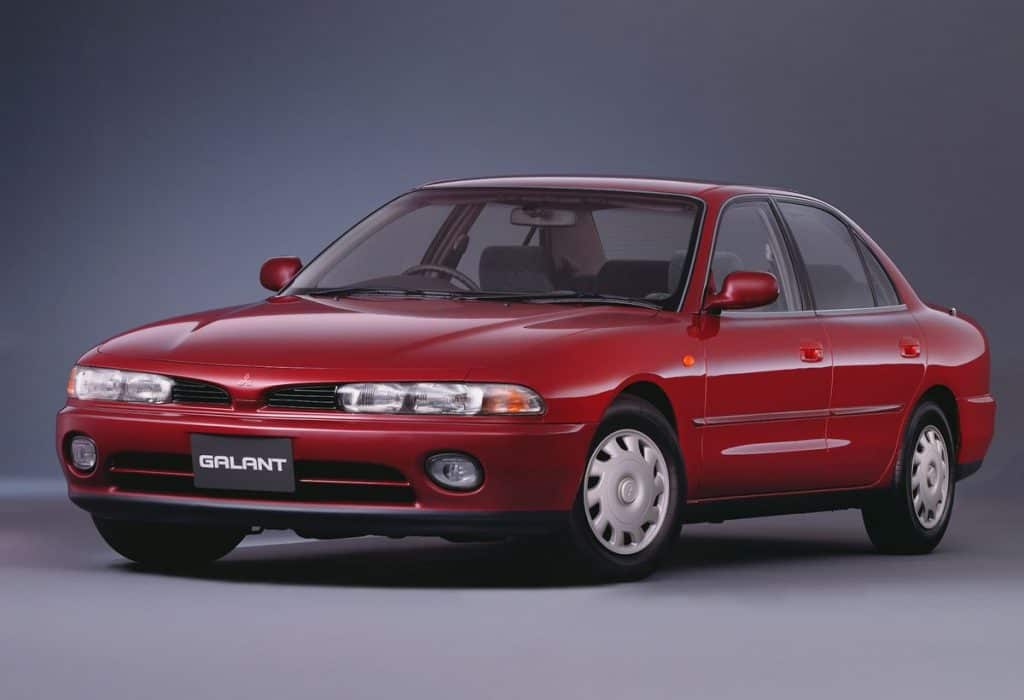
The Galant is memorable as a childhood Mitsubishi model because it was so sought after that I grew up seeing so many on the road. On top of that, it was a Matchbox collectible!
Mitsubishi Lancer Evo
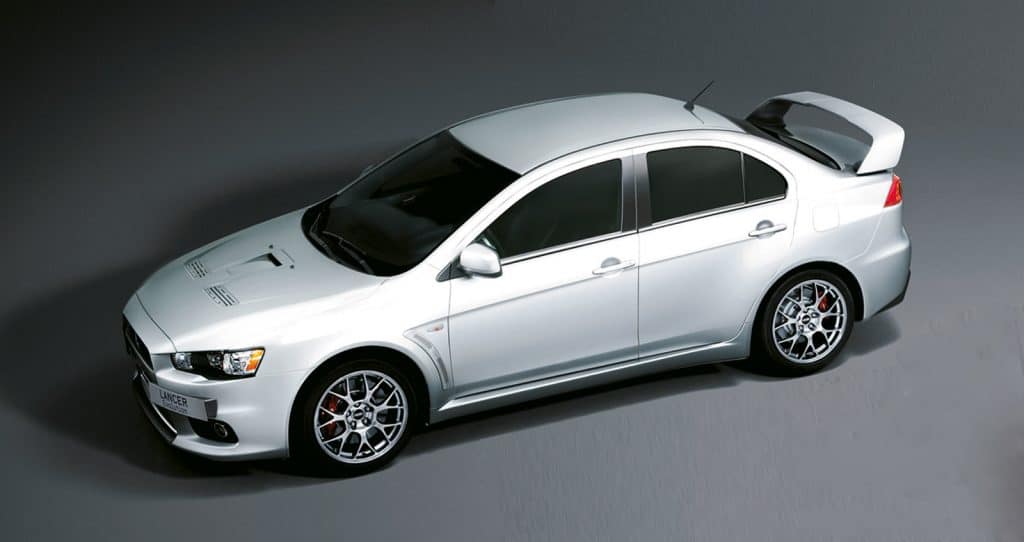
I remember choosing the Lancer Evo whenever I would play Gran Turismo or Timezone arcade simulation games. Again, hands-down one of the legacy models of Mitsubishi, especially when it comes to the World Rally Championships and made the Ralliart brand known to Filipinos.
Mitsubishi Montero Sport
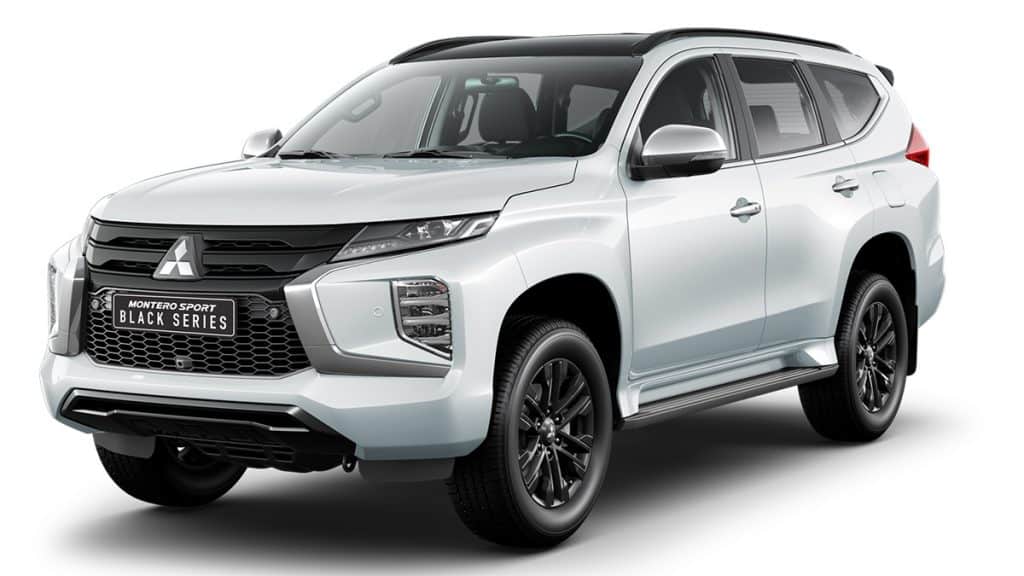
This is our first SUV and ever-reliable — from transporting household equipment to being a back-up vehicle on off-roading shoots and activities. It also looks great, especially with upgraded wheels!
JACOB OLIVA
Mitsubishi L300
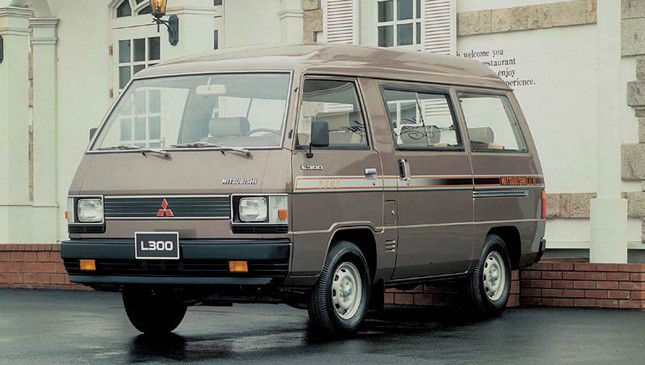
The original L300 family van, also known as the Versa Van, was a popular nameplate offered locally during the ‘80s and ‘90s. It was known for its durability, reliability, and versatility – and if you’re like me who grew up in the ‘90s, it’s either you know someone who owned one or your family itself owned one. Its casual appearances in Filipino movies cemented this vehicle’s iconic status, so much so that MMPC has kept the name running up to this day as a viable commercial vehicle that’s built locally.
Mitsubishi Eclipse
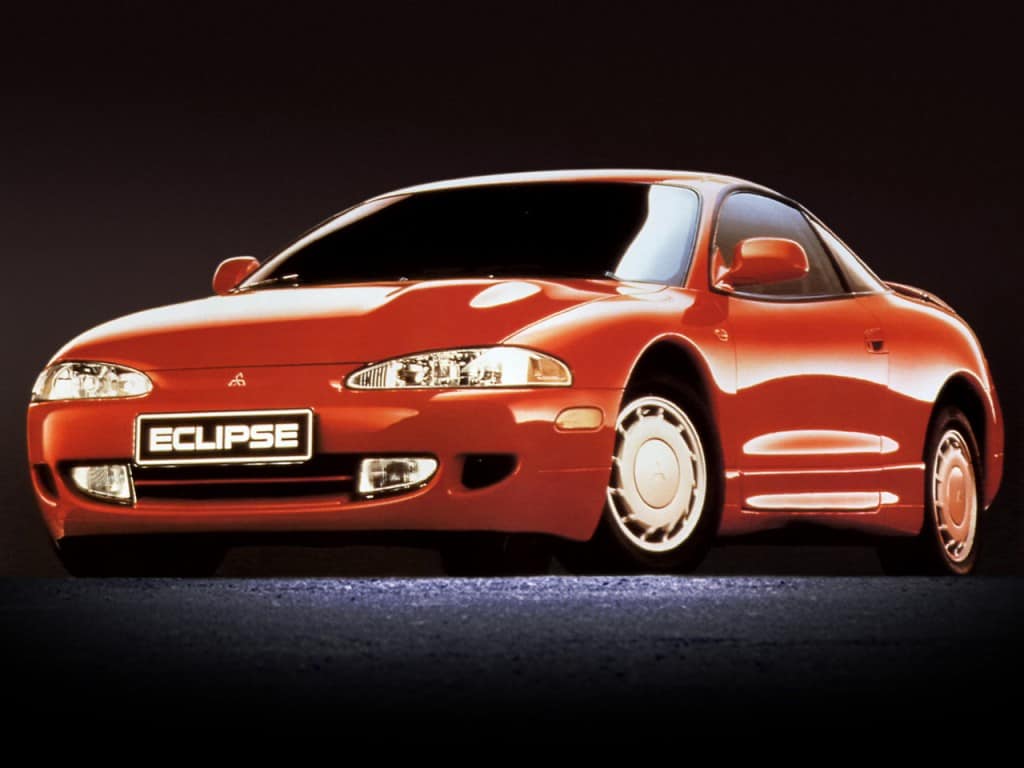
Again, as someone who grew up in the ‘90s in the province, the Mitsubishi Eclipse was among my first encounters with sports cars, and practically defined my enthusiasm for automobiles as a kid. It was known for its sleek, asymmetrical hood, while for those who knew better, it’s revered for its powerful turbo engine, advanced suspension, and precise steering, making it a memorable sports car offered at an affordable price.
Mitsubishi Lancer “box type”
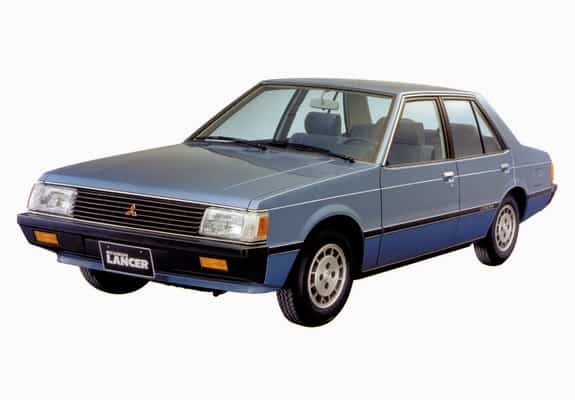
Did I say that I grew up in the ‘90s? Despite that, though, my childhood was caught in the middle of transition from box-type vehicles to the suave, curvy design ethos of the ‘90s. The box-type Lancer was memorable for me as it defined what a vehicle of that era was. And again, its numerous appearances on TV and movies further fortified the nameplate’s iconic status, and I’m sure you’ll agree.
VINCENT VILLA
Mitsubishi Galant GTI
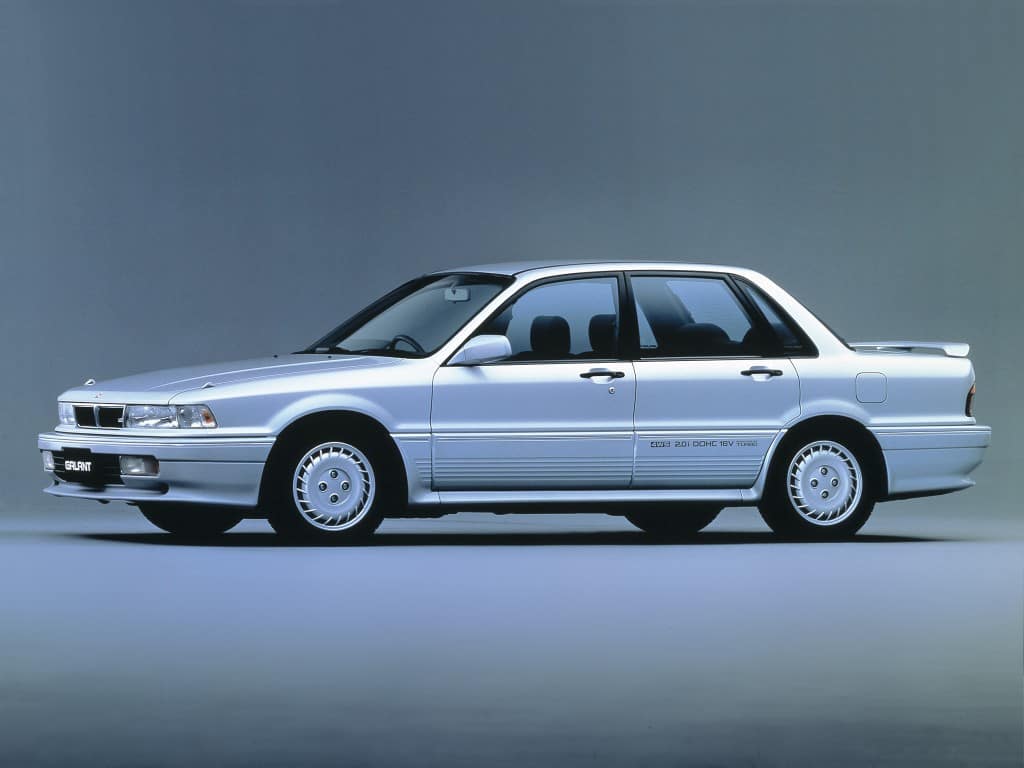
This is an iconic model for me personally because it was the first car I drove back when I was 12. My father bought one in black shortly after they were able to buy a house and so it was the first car that entered our garage. I was amazed how young me could handle it despite my weaker arms and legs. I especially loved that it has powered locks and windows back then! For someone that came from an owner-type jeep, that was definitely a luxury in terms of amenities and space.
Mitsubishi Lancer GSR
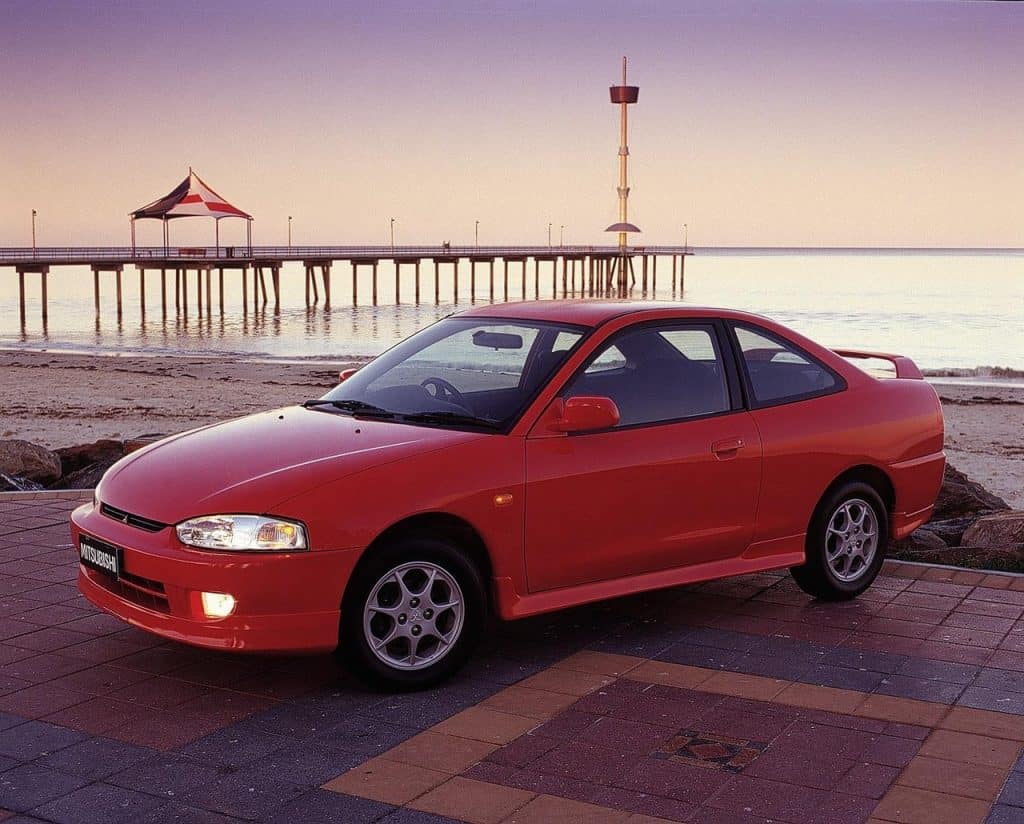
When I was younger and just fanboying about cars, I had this notion that sports cars should have two doors only. This is why I was floored and envious of our neighbor when he got a Lancer GSR—2-doors, 3 pedals, the Mitsubishi logo, the pizza pie look—young me couldn’t ask for anything more. Even today, I still give a few seconds of appreciation whenever I see a Lancer GSR on the road. In fact, I almost bought one a few years ago when I saw an all-original model for sale but someone beat me to it by a few days.
Mitsubishi Adventure
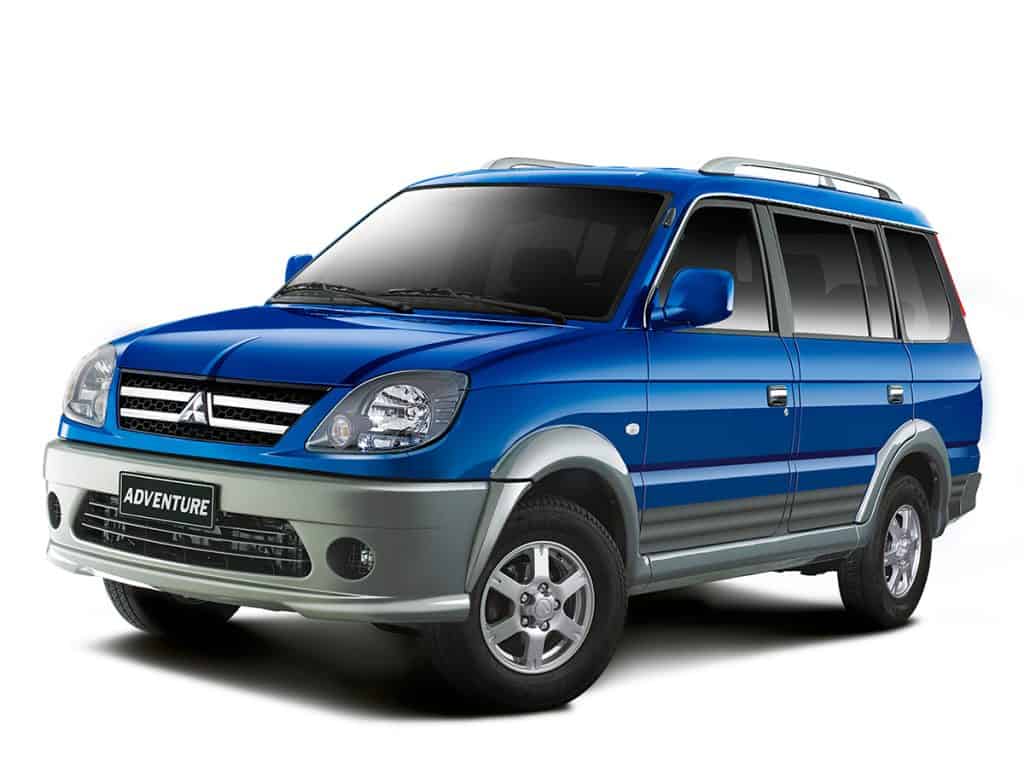
While my first two choices are more personal, this one is a definite icon. The Mitsubishi Adventure is one of the first choices when it comes to family vehicles during its time. Some models can seat up to 10 people and there are 6 rear air vents for the second and third row, unlike today where rear occupants have to compete with 4. What really cemented its legacy in the Philippines is it was one of the first to become UV Express taxis – airconditioned PUVs with more flexible or direct routes. It was loved by office employees because now they won’t arrive in their workplace smelling like the diesel fumes of jeepneys and buses.
MICA O. DE LOS REYES
Mitsubishi Lancer “pizza pie”
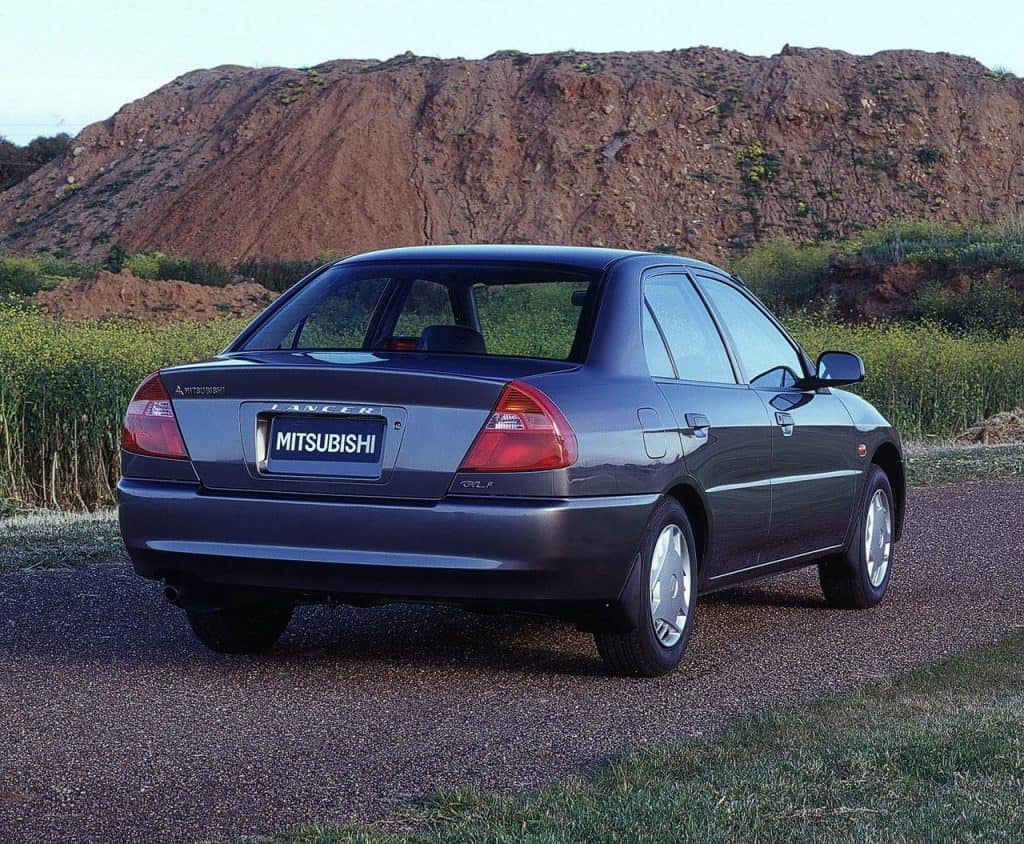
Back in my high school days, the Lancer MX “pizza pie” served our family splendidly, and for a very long time —14 years to be exact. I’m always on the lookout for the delicious-looking taillights in campus to pick me up. I remember its vigor and reliability as it braved floods when we were caught in a storm. Having a taste of this “pizza pie” at the present time might just give me a rush of nostalgia, which perhaps no other vehicle can offer.
Mitsubishi Montero Sport
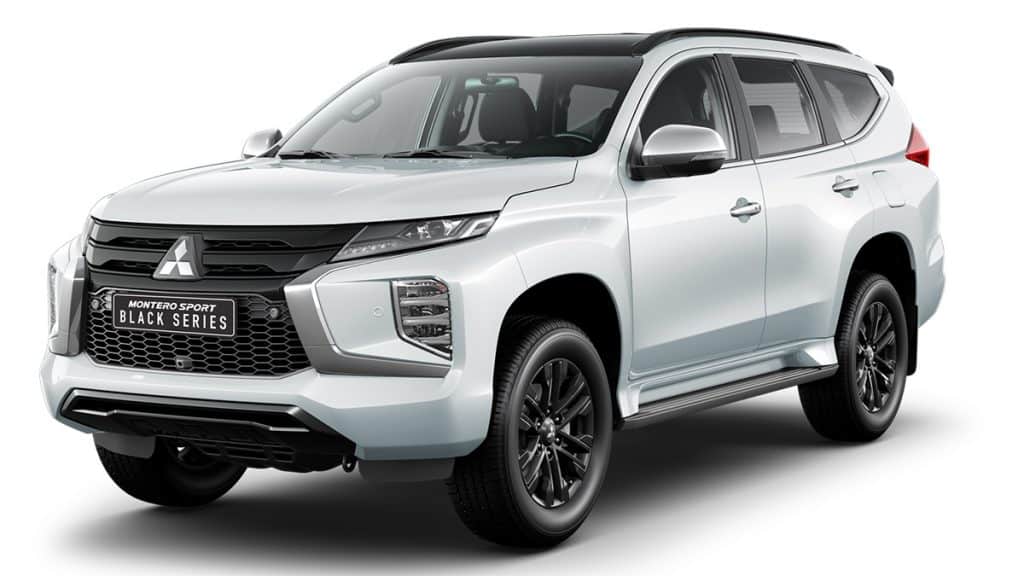
Being born with an adventurous soul, road trips always excite me. Hence, I’ve always been fond of spacious vehicles that can carry the whole squad to any destination—not to mention it dons a rugged and sporty look to match our agenda. Enter the Mitsubishi Montero Sport that ticks the boxes when it comes to comfort, performance, space, and styling.
Mitsubishi Lancer Evo X
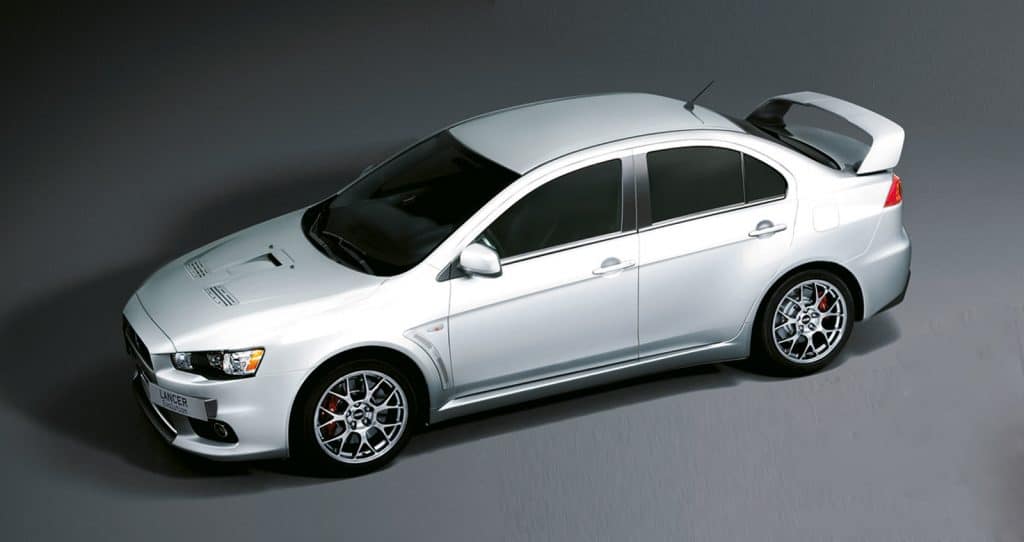
My dad had a black Lancer EX GT-A and I was in awe of its angry-looking front end. So imagine how I felt when I laid eyes on the Lancer Evo X, which was based on the same Lancer series as ours—except it had a mighty turbo engine and all-wheel drive. My dad said it was one of the fastest cars Japan ever made. And I believe him.

